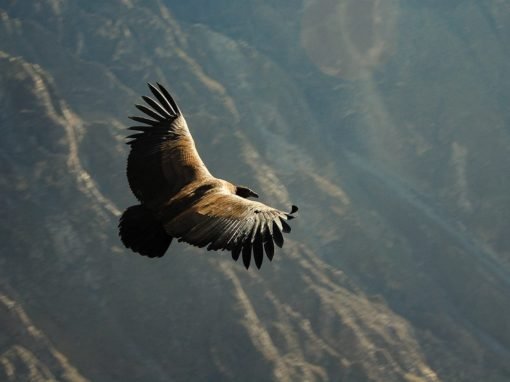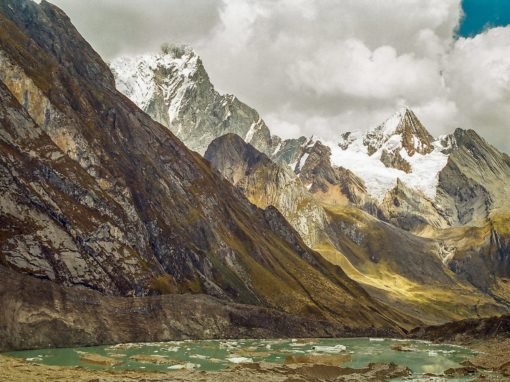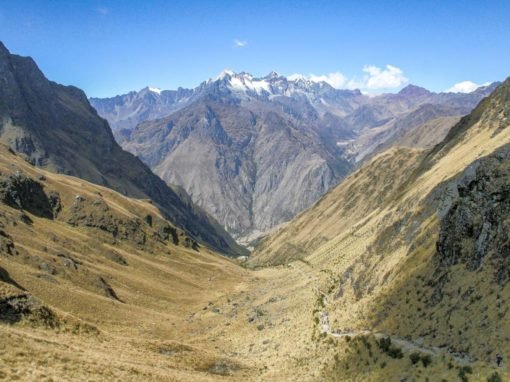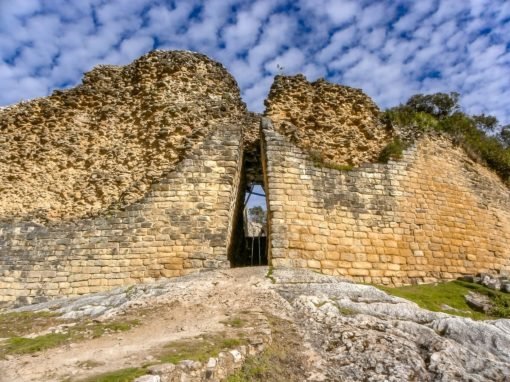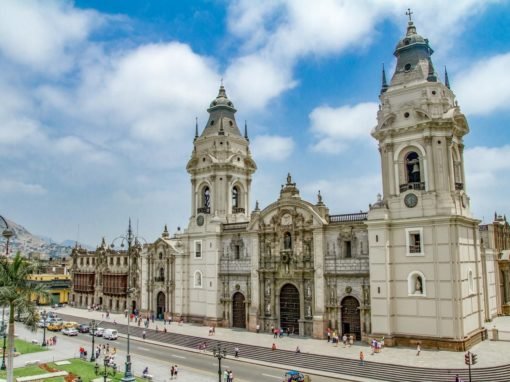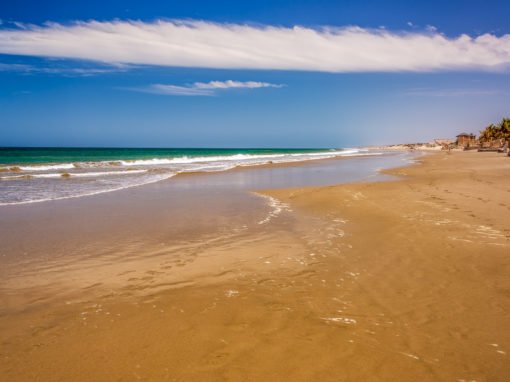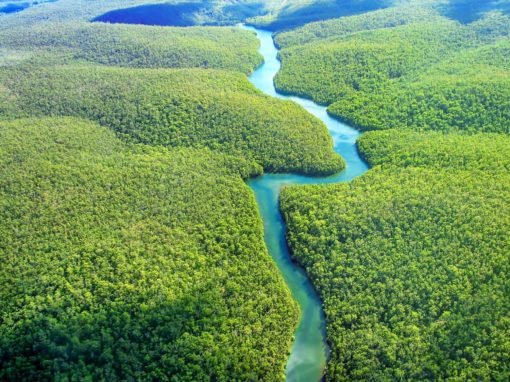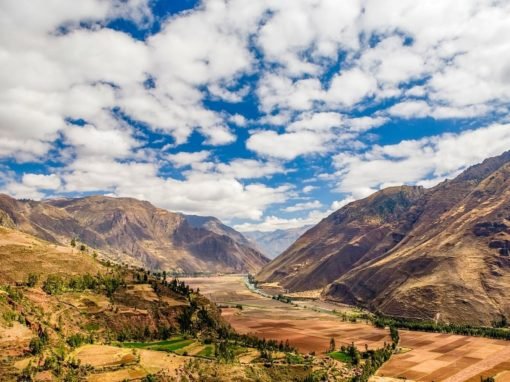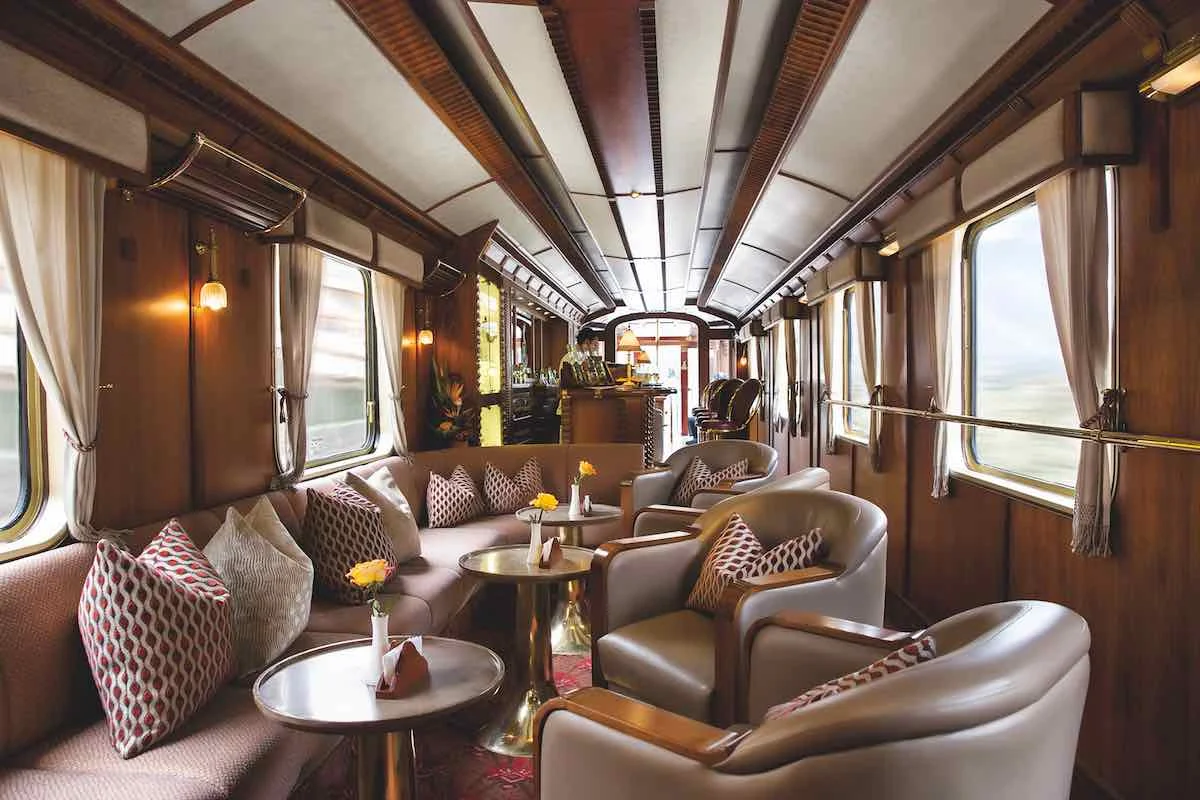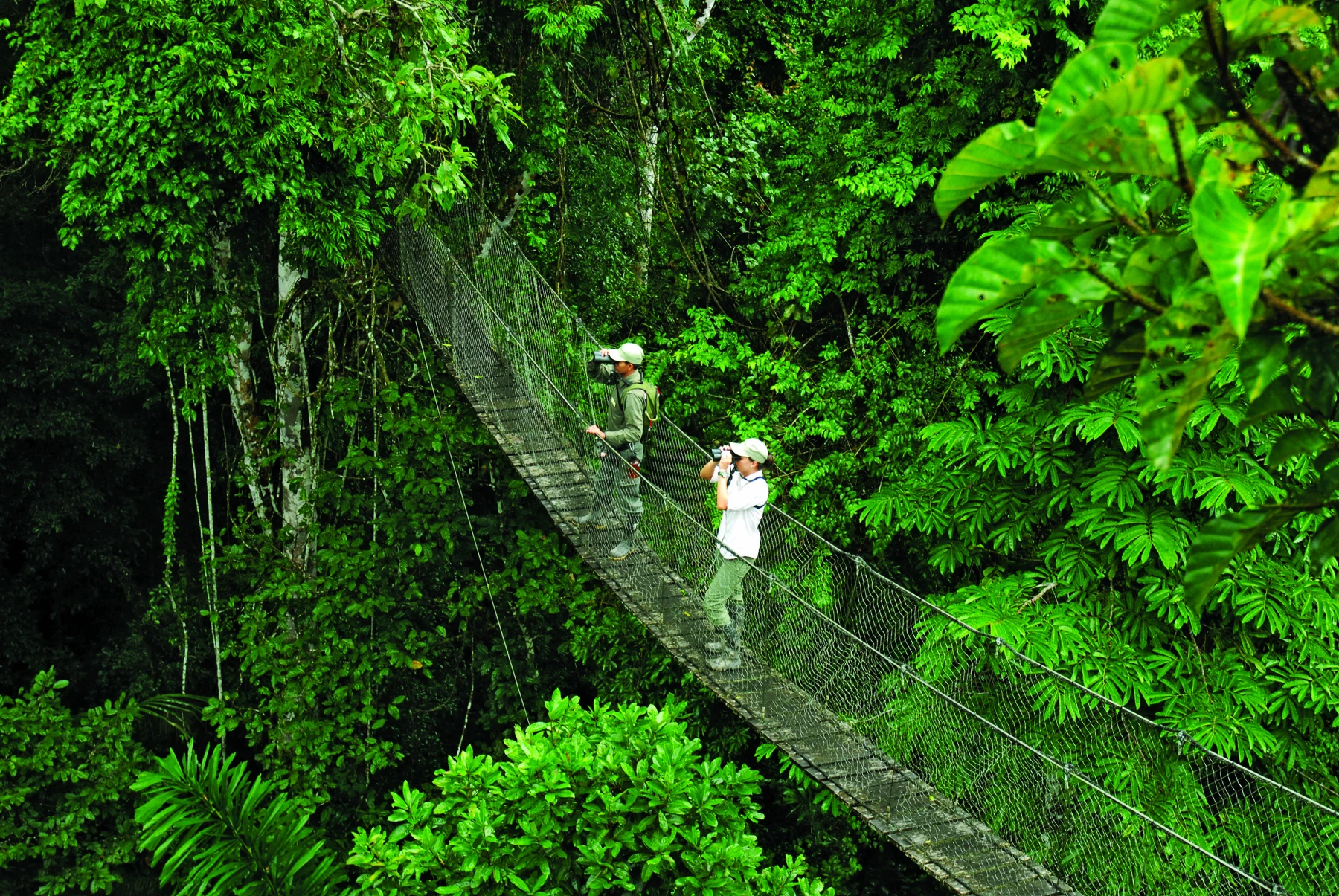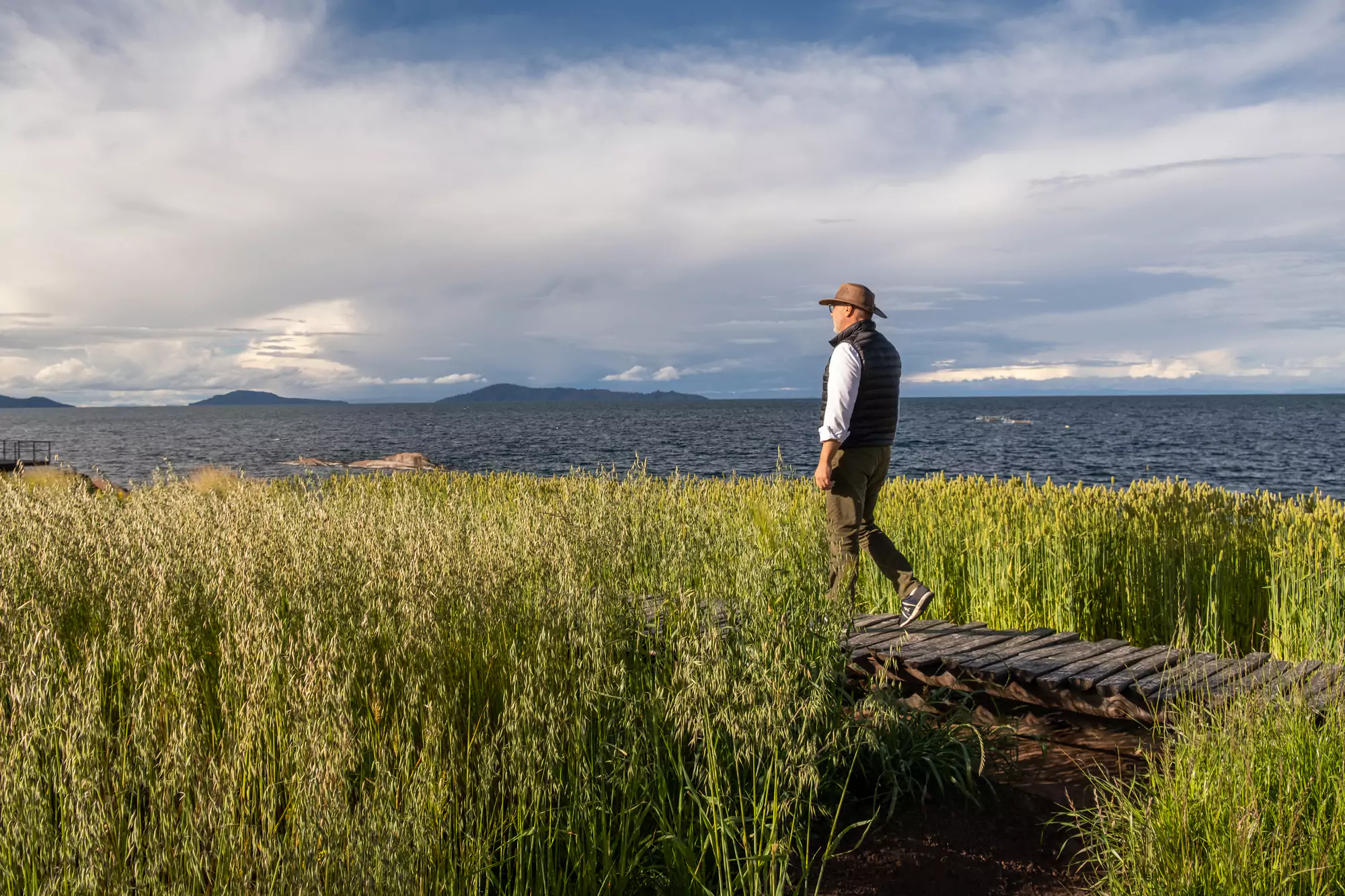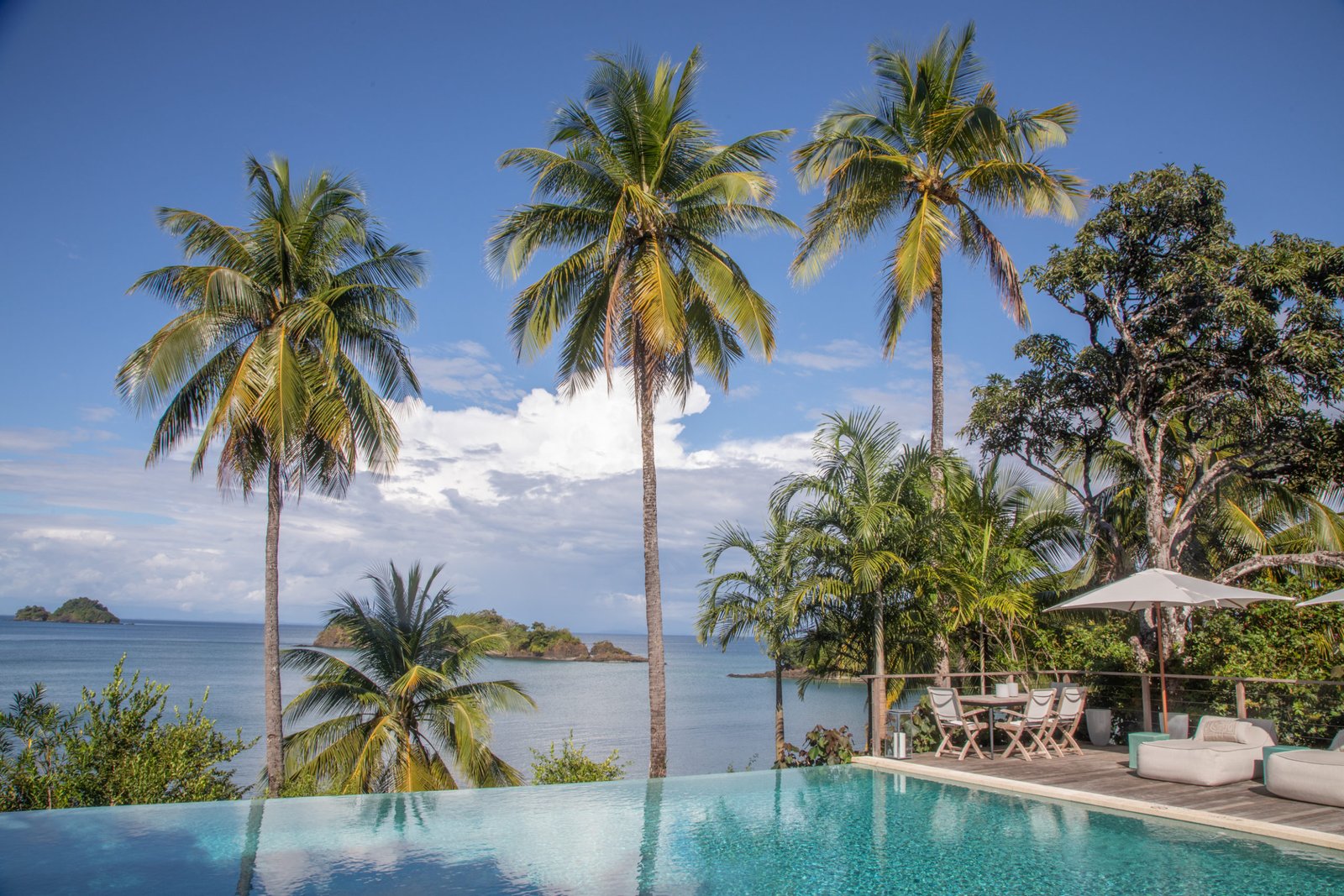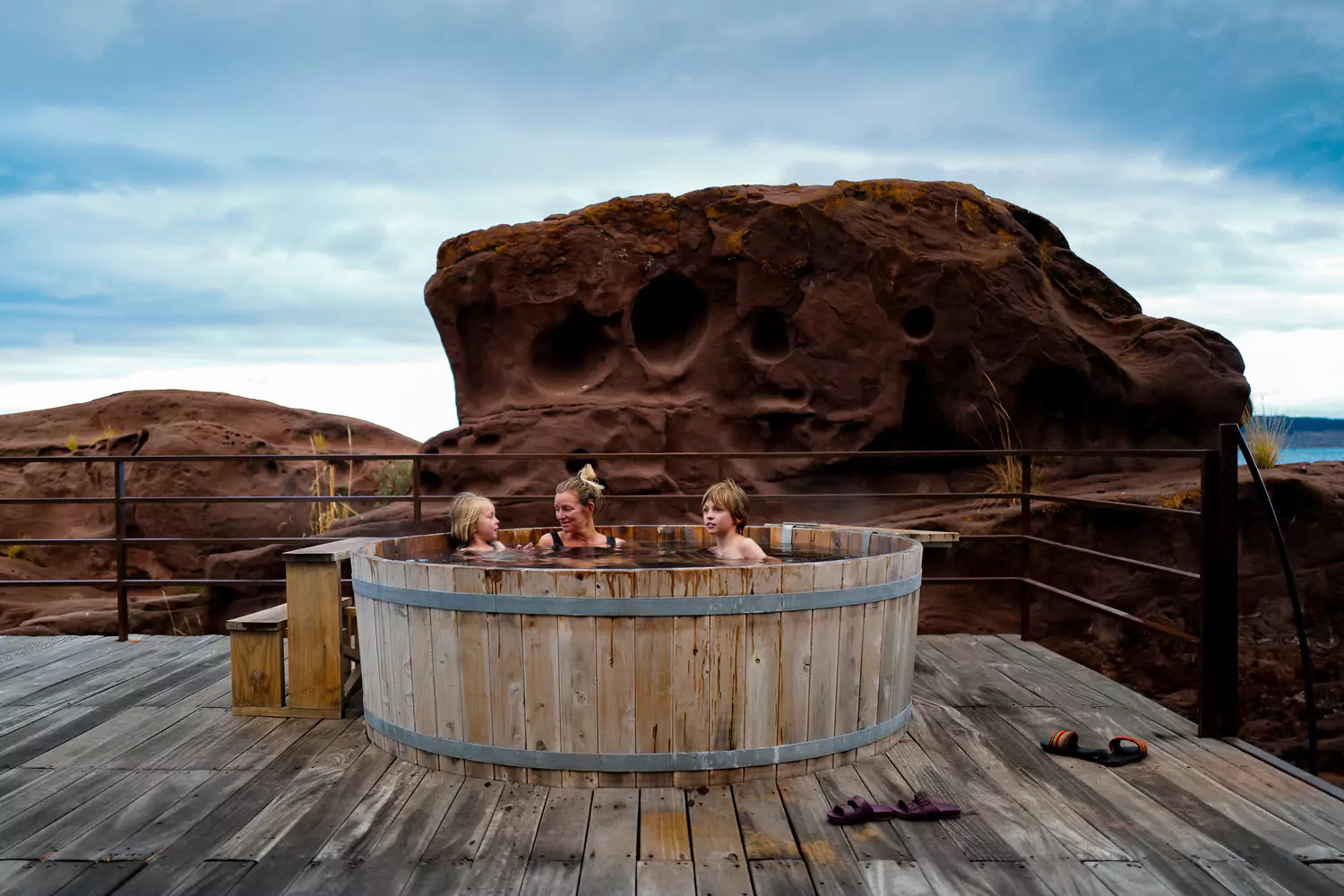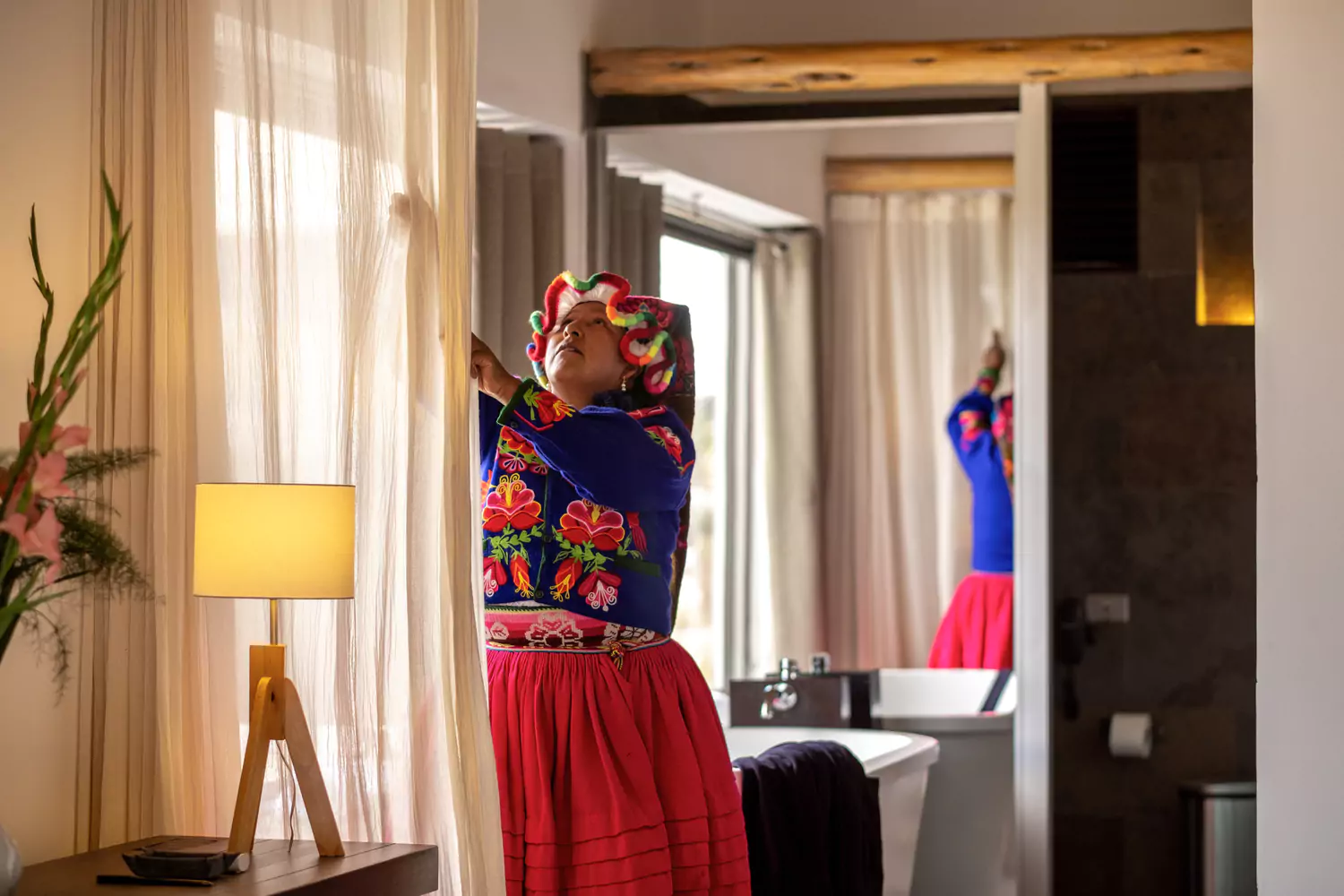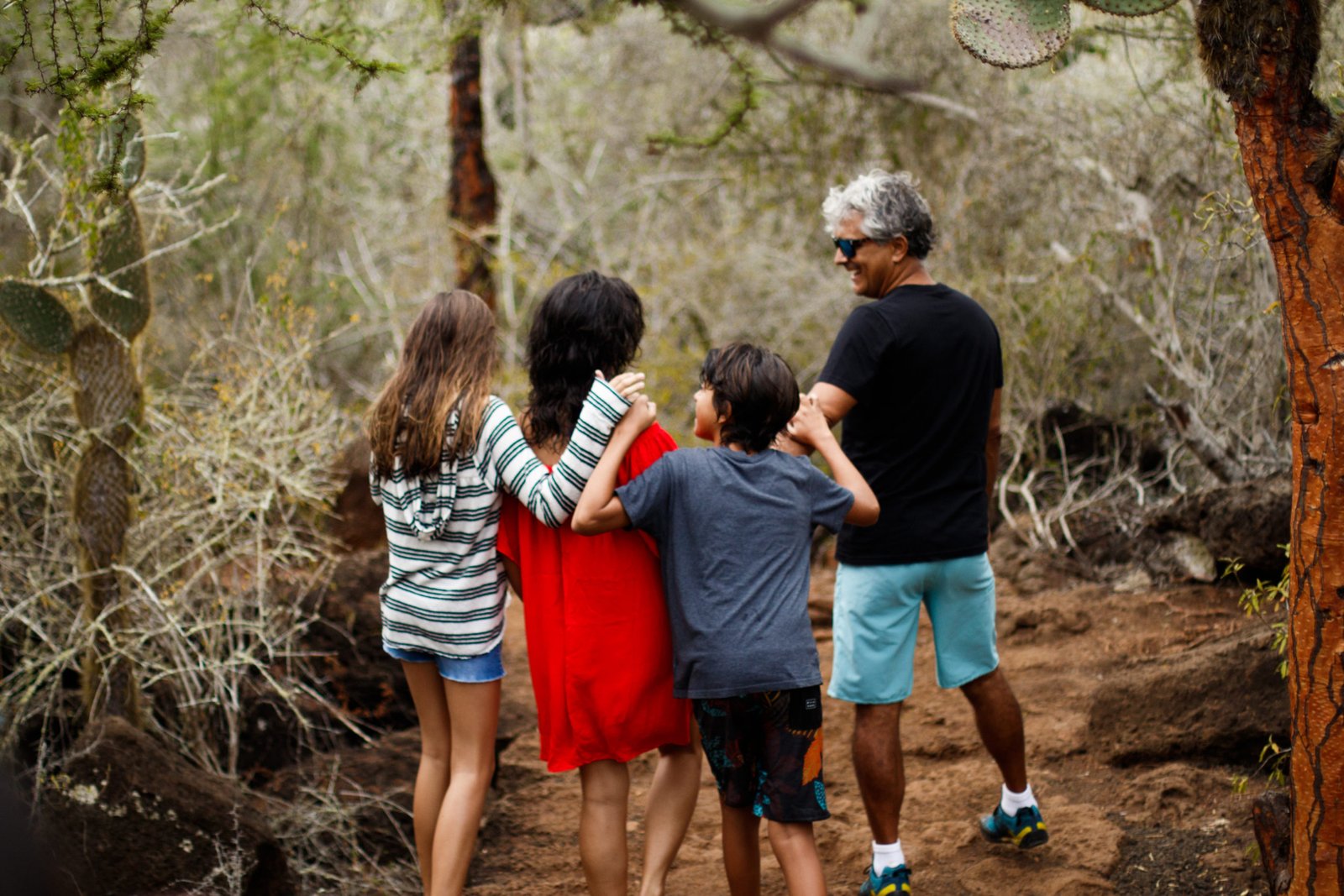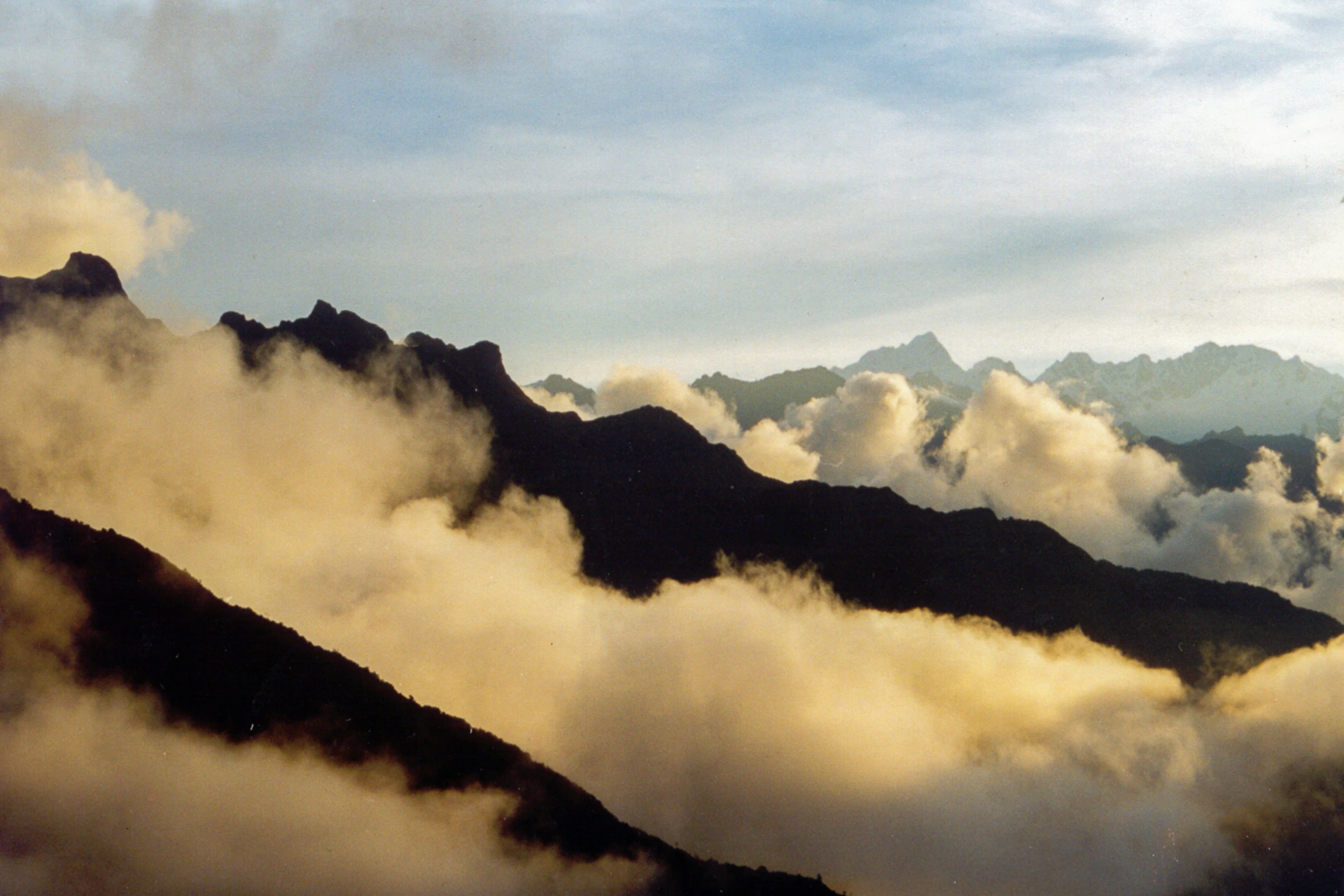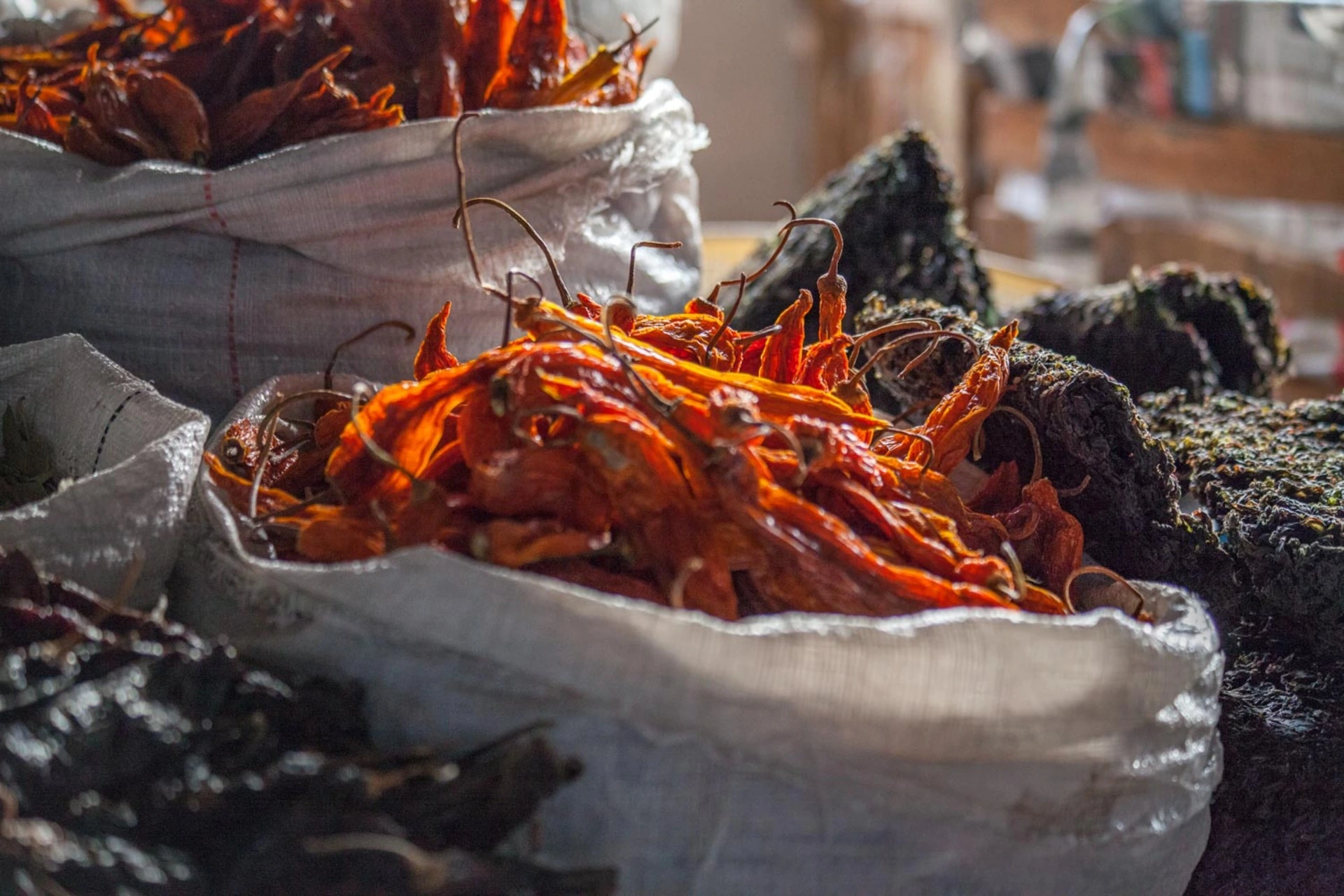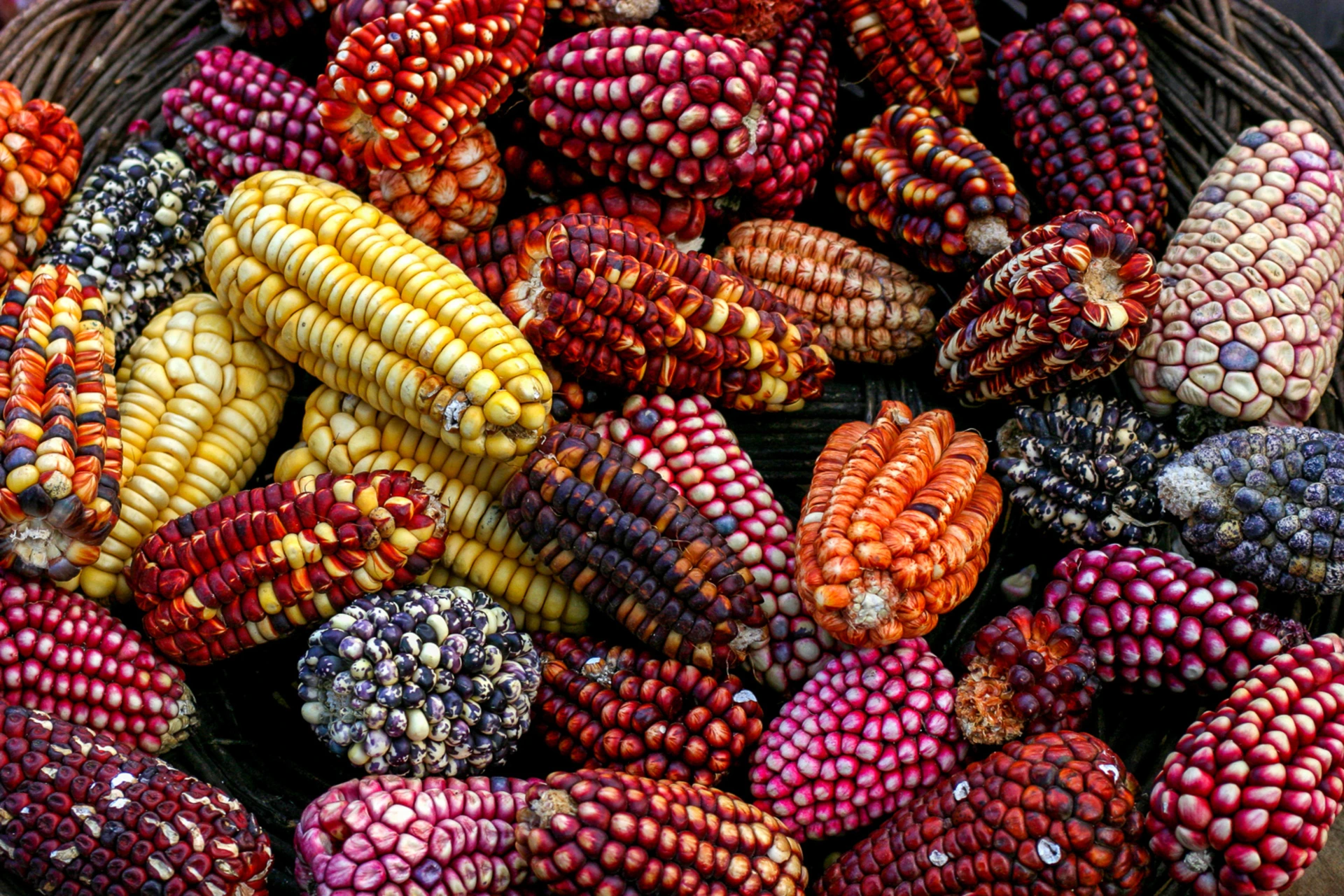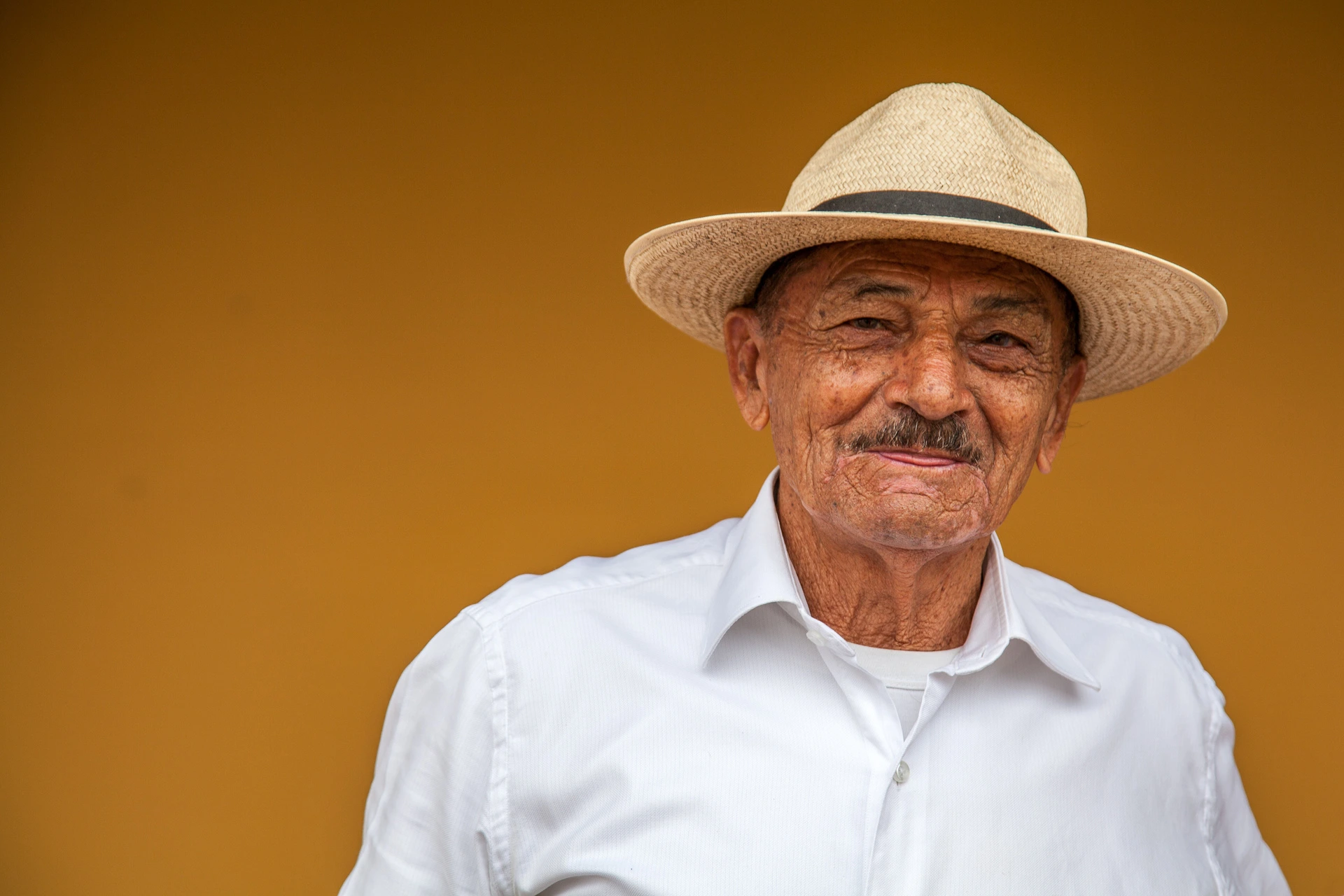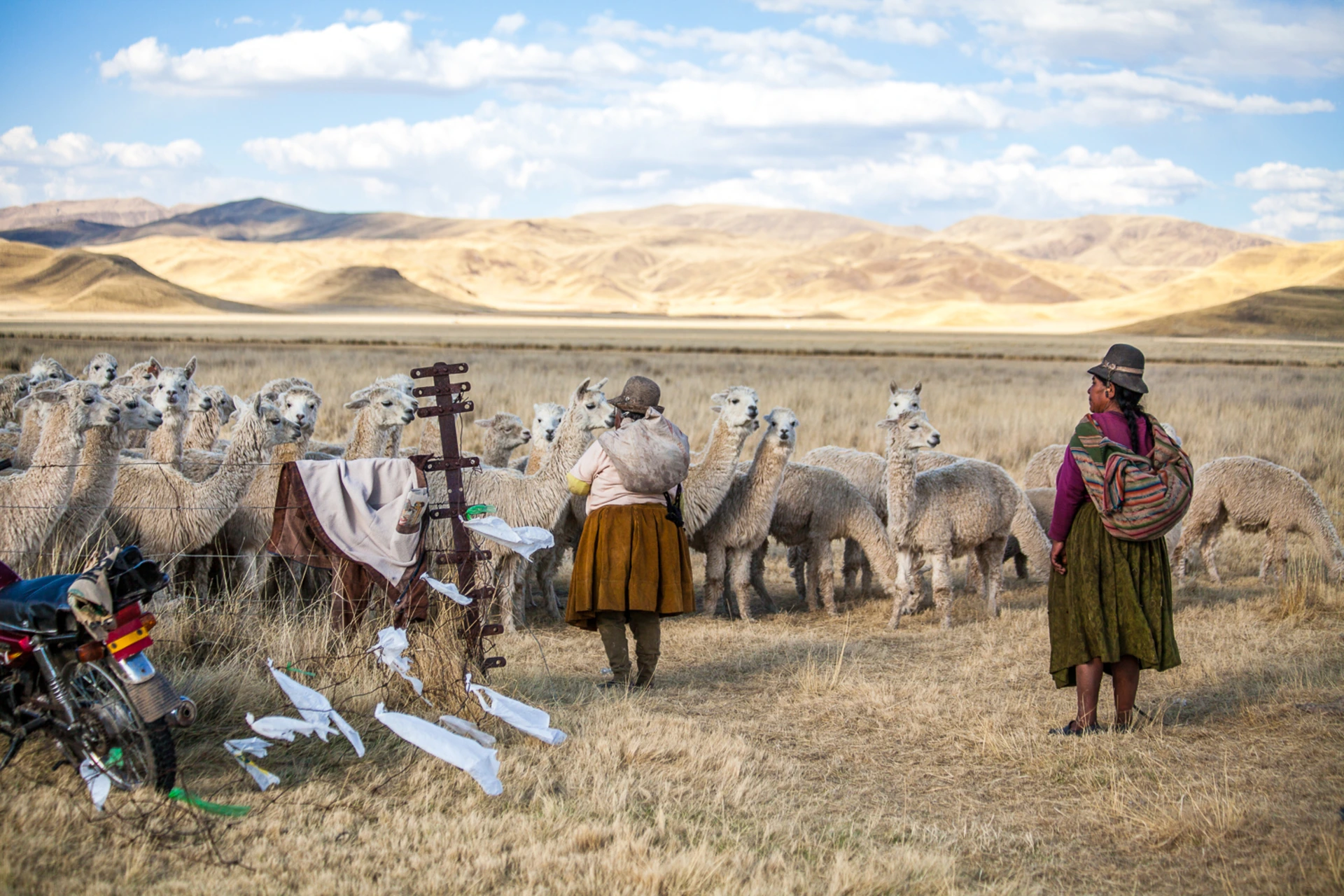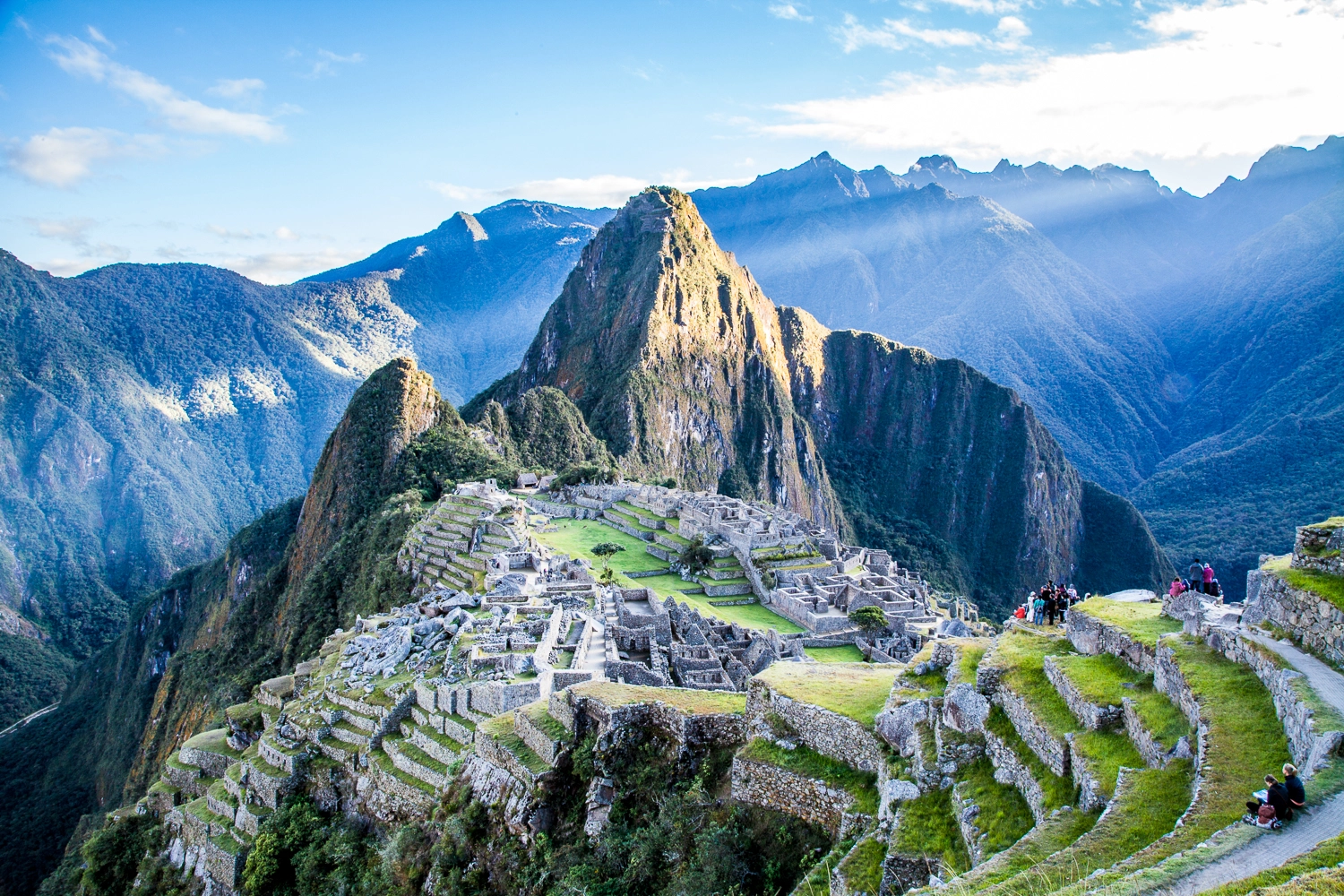Peru
Smile. You’ve LANDED in Peru.
The home of the famous Machu Picchu, Peru is larger and more diverse than most people think. With thousands of years of various cultures nestled in the Andes mountains and beautiful coasts, there’s no shortage of experiences in Peru!
CAPITAL LIMA
LANGUAGE SPANISH
CURRENCY SOL
READ THE LAST DAYS OF THE INCAS
SIP & TASTE PISCO & CEVICHE
EXPERIENCE A TRAIN RIDE THROUGH THE MOUNTAINS
Start your journey today
Destinations
Where to go in Peru
Adventures You Can’t Miss
Luxury accommodations in Peru
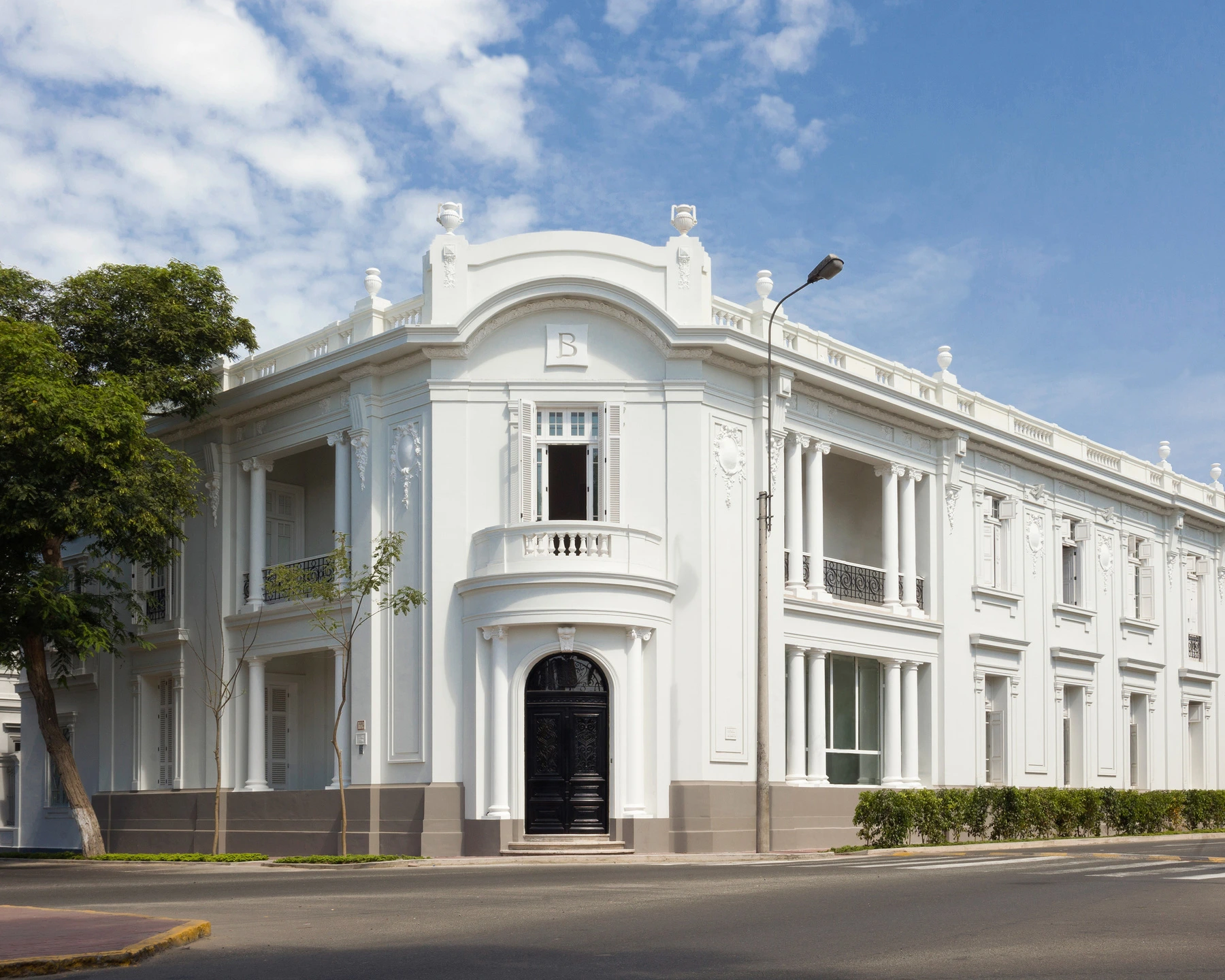
Hotel B
Lima

Machu Picchu Pueblo
Macchu Picchu

La Casona
Cusco
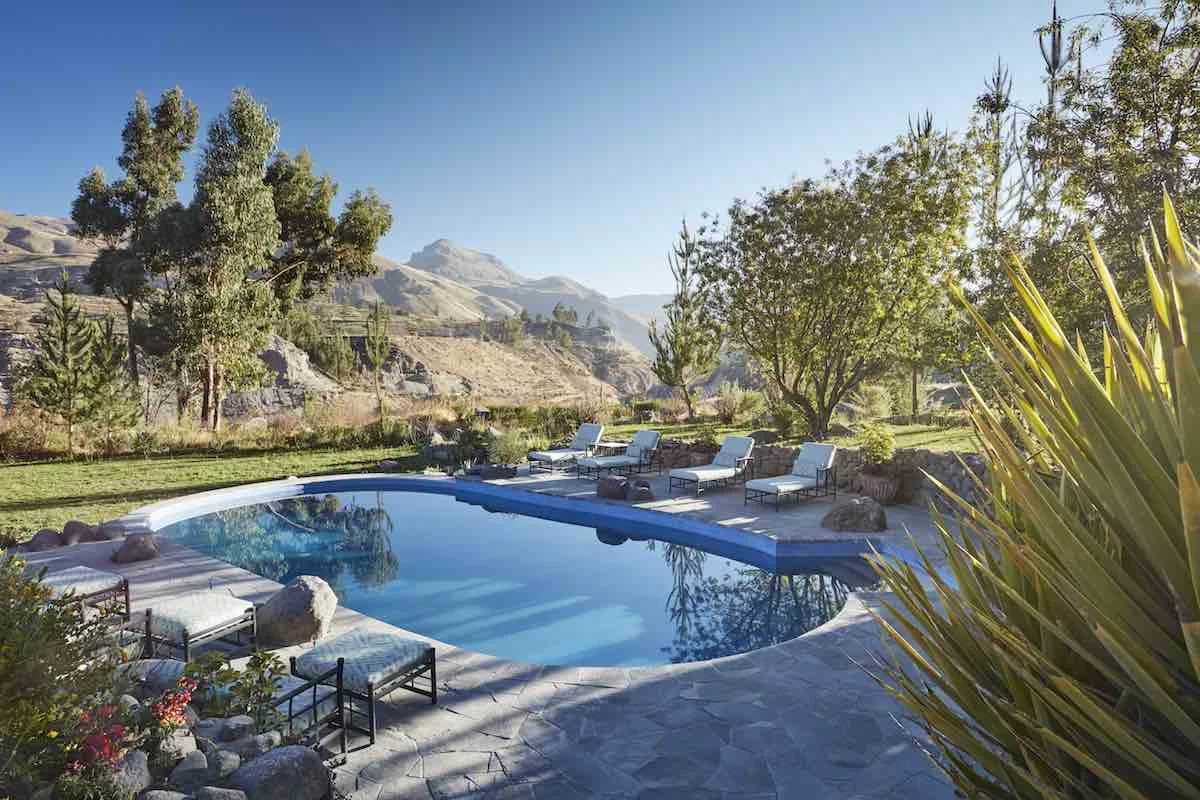
Belmond Las Casitas
Colca Canyon
Albums & Stories
Gallery
FAQ
What language do they speak in Peru?
Roughly one quarter of the population speaks Spanish as a second language, after learning a native tongue such as Quechua or Aymara.
English is spoken in locations frequented by foreign visitors. LANDED can offer bilingual guide services to ensure you don’t miss a single detail of the rich cultural information shared during your travels.
What is there to do in Peru?
Broadly speaking, Peru has three main regions: the Pacific Coast, the Andes, and the Peruvian Amazon. Many travelers are drawn to visit Machu Picchu while in Peru.
The coastal capital, Lima, has a rich history extending well before the Spanish. You can visit ancient sites within the city limits. The city’s museums, markets, and galleries are all worthwhile. This is also one of South America’s culinary hotspots. For the adventurous, the expert travel planners at LANDED can arrange morning fishing trips, surf and street art sessions, and market visits with cooking classes hosted by top chefs. Chocolate or coffee tastings are another favorite.
Along the coast, you can view the Nazca Lines from the air, ride the dunes, visit ancient cities, surf, and explore the deserts with paleontologists and archeologists.
In the Andean region, visitors are drawn by the majesty of the landscape, and the magic of the ancient and living cultures. These regions are also prime territory for active adventure: rafting, trekking, alpine ascents, mountain biking, and paragliding.
Most travelers to the Amazon Basin are drawn by the biodiversity. River cruises and high quality lodges offer wildlife viewing and cultural interactions.
What is the weather like in Peru?
Peru is a large country; it has more territory than Germany, France, and Italy combined. Weather varies by region. The coast is generally dry. The high Andes near Cusco are cool (usually 35° F to 65° F) year-round. The Amazon Basin is warm and humid.
The rainy season near Cusco typically extends from mid-December through March. Rainfall rises from November to January and then diminishes through the end of March:
- November: 3.1 inches
- December: 4.7 inches
- January: 6.3 inches
- February: 5.2 inches
- March: 4.3 inches
Still, this rain usually occurs suddenly in the late morning or late afternoon, leaving clear skies and perfect sunsets.
Machu Picchu is lower, in the transition zone between the high Andes and the Amazon Basin. January is the wettest month (about 6 inches of rainfall). Keep in mind that rain falls on approximately 80% of the days of the calendar at Machu Picchu; taking a rain jacket to the ancient city is good advice in any month.
In the Amazon region, the climate is humid and tropical; the average temperature is 89°, varying from 77° F to a wilting 107° F. December through March is the rainy season, with higher temperatures and afternoon rainfall.
When should you visit Peru?
At Machu Picchu, the wettest months are January and February. Keep in mind that rain falls on approximately 80% of the days of the calendar at Machu Picchu; taking a rain jacket to the ancient city is good advice in any month. LANDED has also prepared a special packing list for travelers visiting Macchu Picchu.
The months with the highest number of visitors are May, July, August, September, and December. If you want to visit the site when the crowds are reduced, consider February, March, April, June, and October. The Inca Trail is closed for maintenance each February.
In the Amazon region, the climate is always humid and tropical; the average temperature is 89° F, varying from 77° F to a wilting 107° F. December through March is the rainy season, with higher temperatures and afternoon rainfall.
Lima can be visited year-round.
What is the food like in Peru?
It’s a common occurrence for Peru to rank above Mexico, Brazil, Colombia, and Argentina in the number of restaurants on San Pellegrino’s list of the 50 Best restaurants in Latin America. Most of these are clustered in the upscale Lima neighborhoods of Miraflores, San Isidro, Barranco. But the coastal capital is much more than high concept fine dining. We love visiting the city’s markets, sushi bars, and cevicherias.
In the Andean regions, the focus is on hearty meals anchored by tubers, quinoa, corn, breads, and fresh vegetables. More than 20 varieties of fruits are native to the Andes; these include lucuma, papaya, cherimoya, and guanabana. Some of our favorite restaurants are located in the Cusco and the Sacred Valley.
In the biodiverse Amazon region, fresh fish and chicken, chilis, and tropical fruits are often accompanied by rice. On our first trip to Peru, more than 20 years ago, we spend several happy afternoons on the square in Iquitos sampling the local fruit flavored ice creams and feasting on grilled chicken and paiche (a large freshwater fish).
Peru is also gaining a reputation for its excellent single-source chocolate. LANDED arranges chocolate tastings in Lima and the Sacred Valley, often paired with Peruvian pisco from the dry southern coast.





